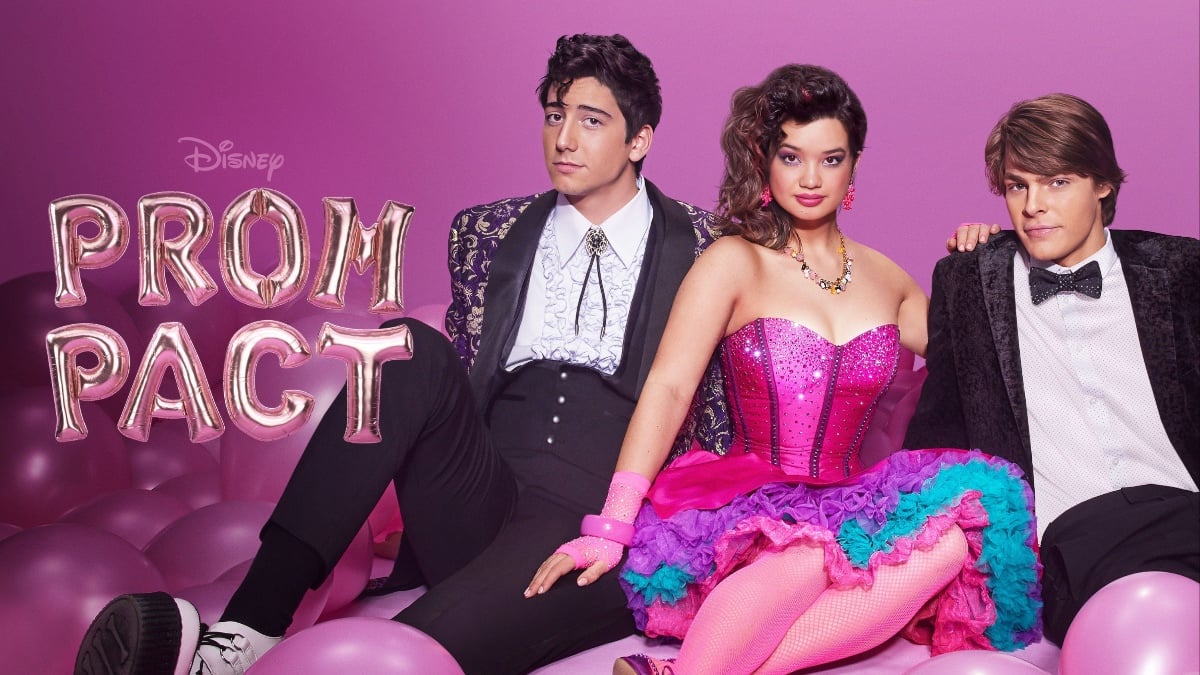On social media this week, many were freaked out by a clip from the opening scene of the Disney+ original movie Prom Pact. Originally posted on TikTok and shared by user @caiden_reed on Twitter, the video shows a high school gymnasium, where cheerleaders are performing to a crowd on the bleachers.
One row appears to be entirely made up of creepy, lifeless digital humans, using jerky movements, attempting — and failing — to clap along with the real human extras. Not only is this brief moment in the movie incredibly jarring to look at, the quality of the VFX is extremely poor and cheap-looking, resembling that of perhaps an early 2000s video game, rather than that expected of studios capable of producing films like Avatar.
Prom Pact came out in March of this year, prior to the current actors’ strike against the Alliance of Motion Picture and Television Producers (AMPTP). Given the rapid rise of interest in Artificial Intelligence (AI) over the past year being used to generate images without human effort, the clip from Prom Pact is deeply concerning to those working in the movie industry, especially to those who care about the future of the industry and want job security to continue for real humans in Hollywood.
So, is this an example of AI taking over Hollywood?
According to The Hollywood Reporter, the digital characters in the film are actually computer-generated imagery (CGI), and Prom Pact did not use scans of real human actors. This technique is not new, and is often used in major projects, such as Ted Lasso or Bohemian Rhapsody (2018), which rely on scenes with huge crowds, but do not possess the budget or resources to cast tens of thousands of extras.
However, Disney did not respond to THR’s request for a comment regarding their use of AI in Prom Pact or any of their other works. Recently, extras who worked on the Marvel Disney+ series WandaVision accused the studio of coercing them into taking part in full-body digital scans without full knowledge of what they were signing up for, resulting in their image being used without consent or payment for their likeness.
While the main cast of Prom Pact are as human as the rest of us, Disney’s willingness to use AI rather than real people for extras is troubling for the industry, especially for actors and their ongoing fight for labor rights in the ongoing strike.
Many of Hollywood’s biggest and most iconic stars — including Leonardo DiCaprio, Daniel Day-Lewis, and Marilyn Monroe — got their start in movies working as extras. The studio’s unwillingness to cast real people in extra roles, a job that can provide payment and credits to budding actors, makes the movie industry even more inaccessible than it was previously. If this trend continues, a significantly smaller pool of actors will be able to attain employment, in a career field already rife with nepotism and inequality.
AI has been a focal point of the 2023 Screen Actors Guild – American Federation of Television and Radio Artists (SAG-AFTRA) strike, which began in July of this year. From the onset of the strike, SAG-AFTRA members have campaigned for their protection against AI – in particular, the use of AI to replicate an actor’s likeness without their consent, perhaps most notably in a recent TV commercial for a dental plan, using an AI replica of Tom Hanks.
It’s a highly understandable concern, as the misuse of AI could result in actors being used in media they either did not consent to or outright rejected to take part in – all while creating a loophole where movie studios would no longer have to pay their actors. Using imagery of well-known and trusted actors, such as Tom Hanks — rapidly accelerates the spread of misinformation — something which has already been immensely difficult to control in recent years on social media.
“I could be hit by a bus tomorrow, and that’s it, but performances can go on and on and on and on,” Tom Hanks said earlier this year, discussing his fears over AI. “And outside of the understanding that it’s been done with AI or deepfake, there’ll be nothing to tell you that it’s not me and me alone. And it’s going to have some degree of lifelike quality. That’s certainly an artistic challenge, but it’s also a legal one.”
